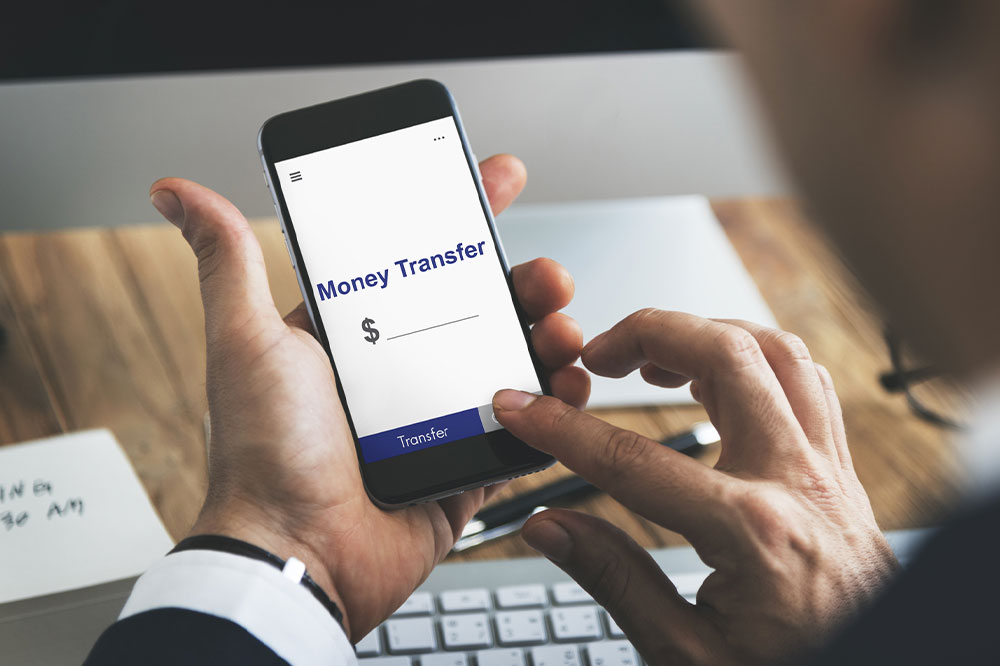Understanding Online Wire Transfers: Sending Money Digitally
This article explains the process and benefits of using online wire transfers for quick, secure money transactions. It covers how to initiate transfers, expected timelines, and advantages over traditional methods, making it helpful for individuals and businesses seeking reliable electronic payment options.

Understanding Online Wire Transfers: Sending Money Digitally
Wire transfers are a fast and secure way to transfer funds electronically from one bank to another. Using networks like SWIFT or Fedwire, these transactions enable immediate or next-day fund transfers, with international transfers sometimes taking a bit longer depending on the recipient's banking setup. Wire transfers eliminate the delays associated with checks and reduce risks such as insufficient funds or errors. They are processed swiftly, often within hours, making them ideal for urgent payments.
One of the greatest benefits of online wire transfers is the rapid clearance of funds, allowing recipients to access money quickly. Unlike checks, wire transfers do not face holds or rejection due to insufficient funds or misdetails. Banks process these transfers promptly — often on the same day — with optional expedited requests available during emergencies.
The process is straightforward for both parties involved.
Sender: To initiate a transfer, the sender provides essential bank details and recipient information. If done through a bank, a completed form authorizes the payment.
Receiver: The recipient supplies their bank account details to receive the funds. Although the transfer is completed on the sender’s side, it typically takes one or two days for the amount to appear in the receiver's account.
Note:
The information on our site is for general guidance and educational purposes. While our team conducts thorough research, we advise readers to verify details independently. We are not responsible for discrepancies or updates in banking procedures or offers that may be available elsewhere.









